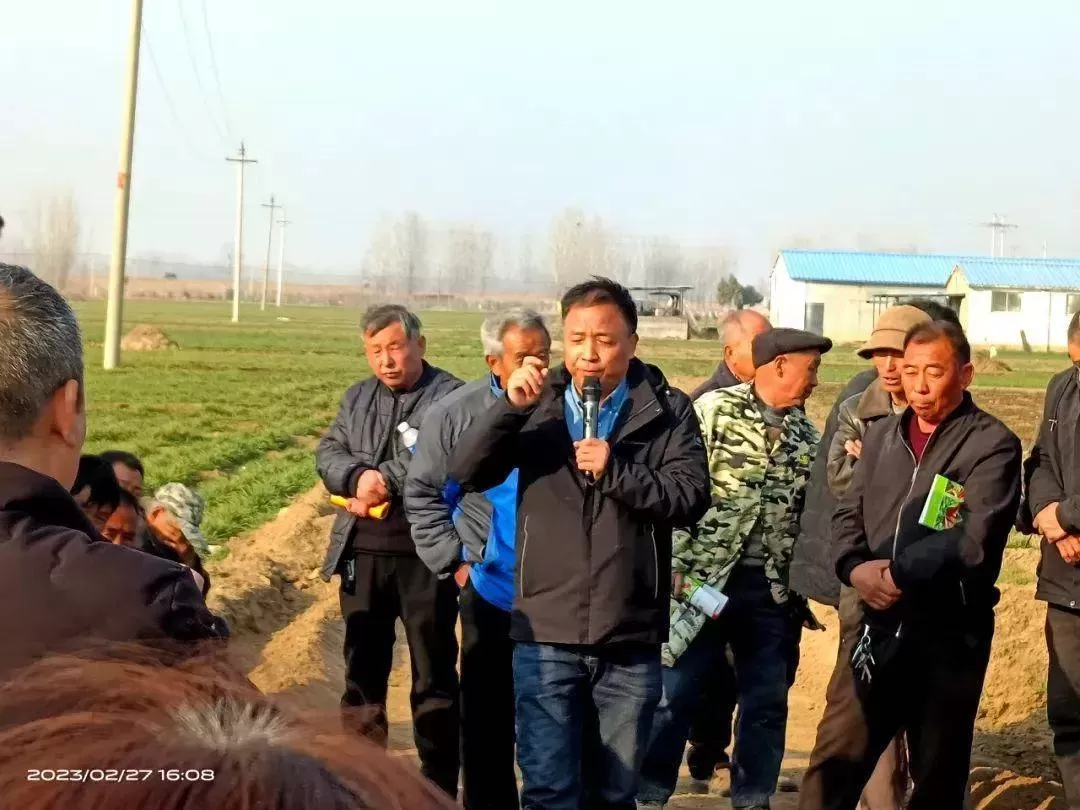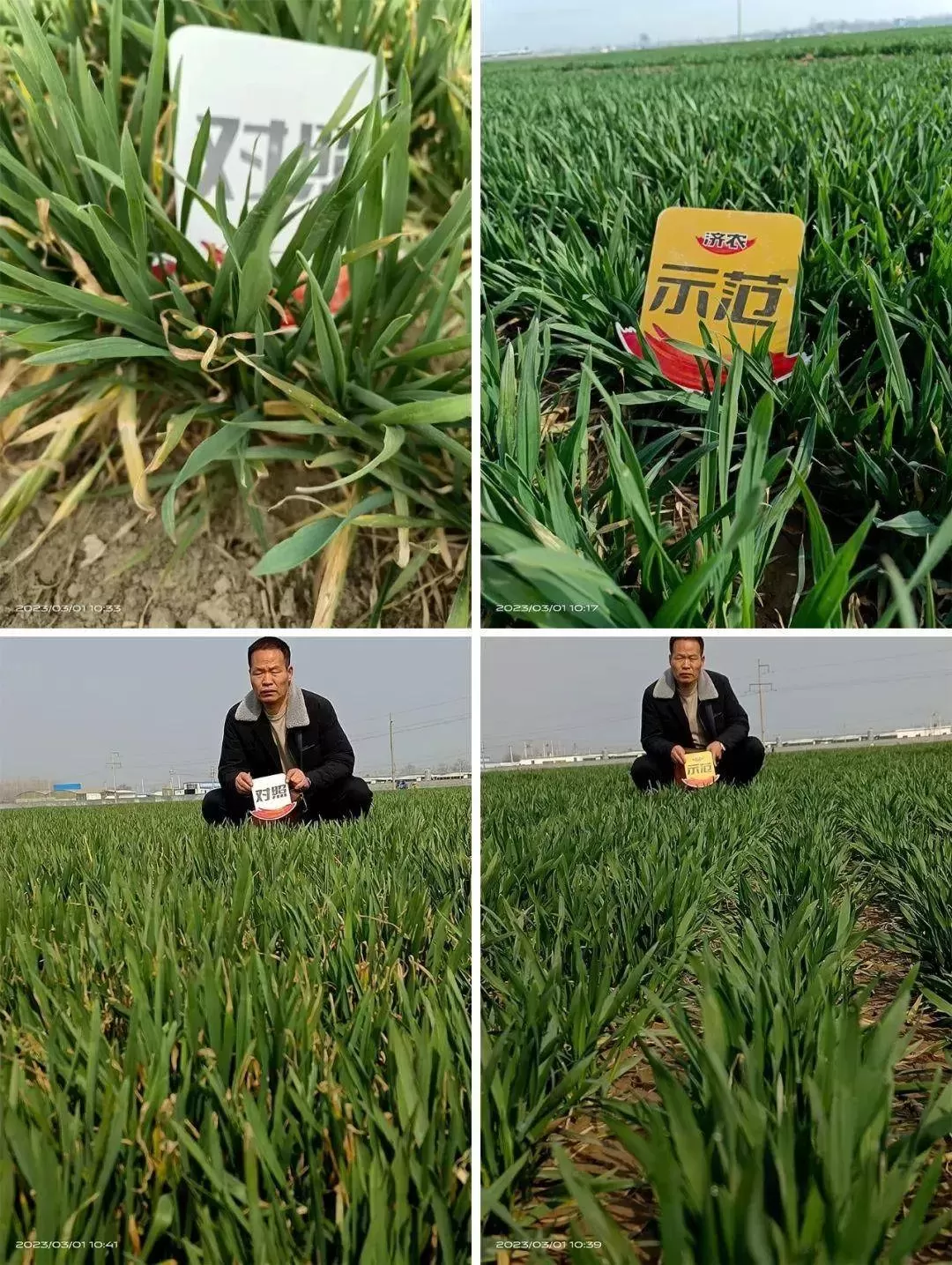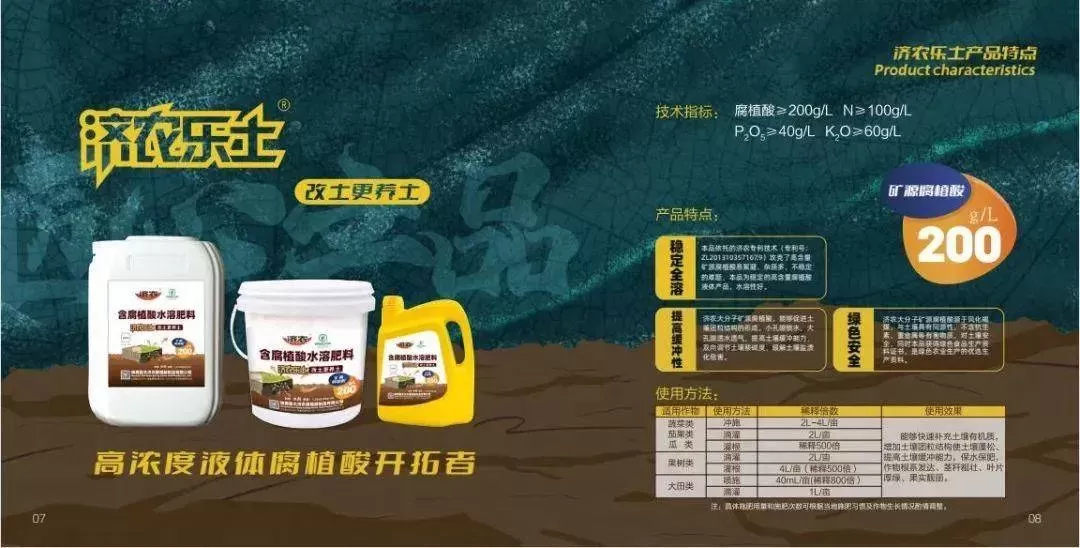Time :2024-03-19 15:21:28
The saying "sleep on Mantou with three layers of quilt" is the crystallization of people's wisdom. The snow on winter wheat seedlings not only has an anti freezing effect, but also melts as water to nourish the growth of wheat when the temperature rises.

In the winter of 2022, with sparse rain and snow in the north, and the combination of less rain and more wind in spring, spring drought is often prone to occur. Wheat has gone through the baptism of winter, and at the moment when spring is warm and flowers are blooming and everything is reviving, it urgently needs the nourishment of water. Timely spring irrigation can nourish the earth and meet the water needs of wheat for vigorous growth in spring, laying a good foundation for a bountiful summer harvest.
It is understood that wheat growers have several doubts about spring irrigation. Firstly, they do not know when they can water them, as they are afraid that the wheat will suffer from freezing damage; What is the amount of watering?

Professor Zheng from the Dingtian Agriculture Expert Group explained at the wheat spring irrigation exchange meeting in Neihuang County, Anyang City, Henan Province that spring irrigation is necessary when the temperature reaches minus 2-3 ℃ or above and the wheat exhibits physiological dry, pointed, and yellow leaves.

The effect of spring irrigation is not only to alleviate the water shortage of wheat seedlings, but also to experience a long winter low-temperature climate. At this time, the soil layer below 20 centimeters underground has not yet thawed, and the extremely low ground temperature reduces the ability of the root system to absorb water and fertilizer, almost in a "hibernation" state. Another important role of spring irrigation is to "unseal" the soil, allowing it to quickly break through freezing, thereby increasing ground temperature. Therefore, spring irrigation at this time must thoroughly irrigate the soil, rather than just shallow irrigation. As the ground temperature rises, the root system also quickly recovers vitality, accelerating its ability to absorb water and fertilizer.
At the same time as spring irrigation, it is recommended to use a fertilization formula of 1L/mu of Jinong Letu+5kg/mu of urea to provide sufficient nutrients for wheat, accelerate photosynthesis, increase the production of photosynthetic products, promote wheat tillering, and improve wheat resistance.

On March 27, 2022, wheat growers in Tongxu County, Kaifeng City, Henan Province, cooperated with irrigating 1L/acre of Jinong Letu during spring irrigation. During a follow-up visit on March 1, they found that small seedlings using Jinong Letu had thick leaves, thick stems, and dark green leaves. On the other hand, wheat near the plot had severely withered leaves, yellowed leaves, and thin and weak plants.

Wheat is one of our staple foods, and various types of pasta are the favorite in the northwest region. Spring irrigation can promote an increase in effective tillering numbers, while strengthening root groups, promoting tillering, and preventing grain blight. The formula of Jinnong Letu+urea helps to increase wheat yield and income.